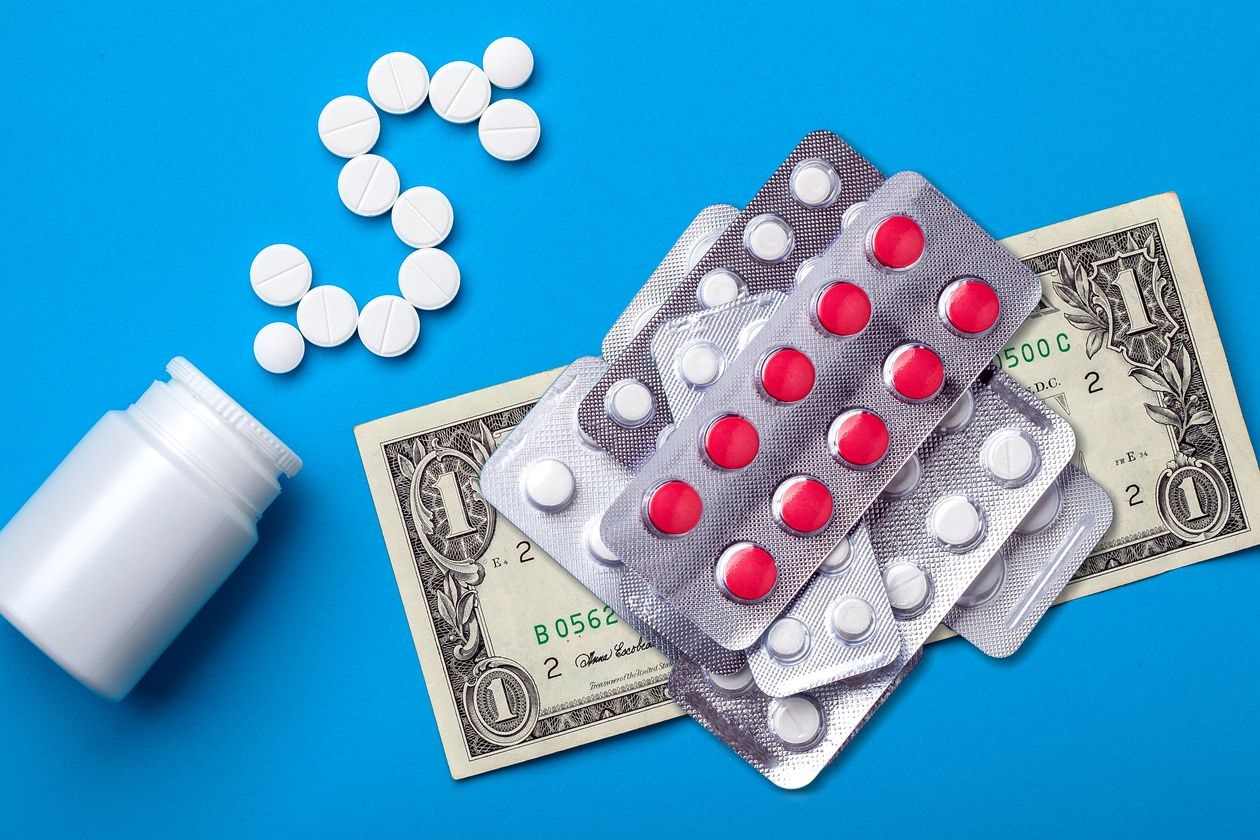Washington’s efforts to keep medications affordable have had unintended consequences.
The federal government’s attempts to keep prices low have created a chain of unintended consequences. Start with the “best price” law of 1990, which mandated that manufacturers offer drugs to state Medicaid programs at the lowest price available to any other buyer.
The unintended—but predictable—consequence was to hurt many small clinics and hospitals. Drug companies often gave discounts to clinics and hospitals that treated a large number of low-income and uninsured patients, but the best-price law put them in a dilemma. They couldn’t keep offering those low prices unless they did so for all of Medicaid. So manufacturers stopped the discounts, causing prices to increase by more than 30% at some hospitals and clinics.
Congress tried to compensate in 1992 with the 340B Drug Pricing Program, which mandates that manufacturers offer discounts to certain hospitals, but provides for Medicare to reimburse these hospitals for the full list price of the drugs. The hospitals love this profitable arrangement, and though Congress intended it to apply only to hospitals with a high percentage of low-income and underinsured patients, hospitals can apply for the discounts at their own discretion. This causes manufacturers to sell countless drugs well below their list price.
Hospitals and clinics have gained from these discounts, to the tune of $6 billion in 2015. Taxpayers gain nothing, because Medicare still pays the full price. And according to the New England Journal of Medicine, the discounts haven’t expanded care or reduced mortality of low-income patients. Because both the 340B program and the Medicaid best price law keep prices low, drug companies underinvest in the next generation of hospital outpatient drugs.
Another set of regulations further discourages hospitals from offering some drugs. For drugs administered in a hospital setting, Medicare Part B mandates that the facility can charge an administrative fee plus 4.3% on top of the drug’s “average selling price” across all manufacturers. That means that when a particular drug company raises its price, hospitals’ retail price remains pegged to the industrywide average, potentially forcing them to sell the drug at a loss.
If a hospital has a drug that costs $100 and gets a few patients a day, it stocks and replenishes the drug daily, earning $4.30 plus an administration fee on each patient. That makes mild financial sense. But what if the drug costs $10,000, demand is sporadic, and the shelf life is limited? The hospital might not even stock the drug.
The fixed 4.3% margin results from the government’s using its monopsony power to decide how much it will pay providers. In the drug arena, government is an 800-pound gorilla. Health-care providers and pharmaceutical companies are paying attention. The drug they don’t develop and the drug you aren’t administered might have been the one that got you out of the hospital a day earlier or even saved your life.
Washington also discourages drug development through its self-contradicting regulation of generics. The 1984 Hatch-Waxman Act fast-tracked the approval process for generics, yet the same law forbids manufacturers from telling doctors or customers if their generic drug is better than their competitors’. Why invest in a superior drug if you have to keep it secret?
Consider Merck’s Mevacor, now sold generically as lovastatin. As long as manufacturers produce a product that meets the minimum standard to be classified lovastatin, they can market it as identical to every competitor’s version. Hatch-Waxman effectively eliminates any incentive to make lovastatin better, to guarantee safety or reliability of supply, to discover new uses, or even to do something as simple as develop new tablet sizes.
Once a number of generics enter the market, profit margins decrease. Then sometimes it takes only a production problem or other small cost increase for a manufacturer to cease production. As the number of manufacturers declines, supply can slip below demand. Currently, as many as 260 drugs are unavailable or in short supply in the U.S.
The supply problem isn’t new. In 2011 President Obama directed the Food and Drug Administration to resolve and prevent critical shortages of vital medicines. One administration official stated, “We can’t wait anymore.” Unfortunately, yes, we can.
And patients are dying. A shortage of norepinephrine in 2011 hampered hospitals’ ability to treat septic shock. A study in the Journal of the American Medical Association concluded: “Patients admitted to these hospitals during times of shortage had higher in-hospital mortality.”
Citing such shortages, the Federal Aviation Administration has exempted airlines from having to stock their airplanes with five key drugs. Those drugs form the core of an emergency medical kit during flights. Dr. Sherif Badawy, an expert on in-flight medical emergencies, told the New York Times “To think you could fly without epinephrine is crazy.”
This is a race to the bottom. Companies that can’t effectively price and promote the advantages of their products sometimes decide not to make them in the first place. Americans are being denied needed drugs because some prices are too low.

0 Comments